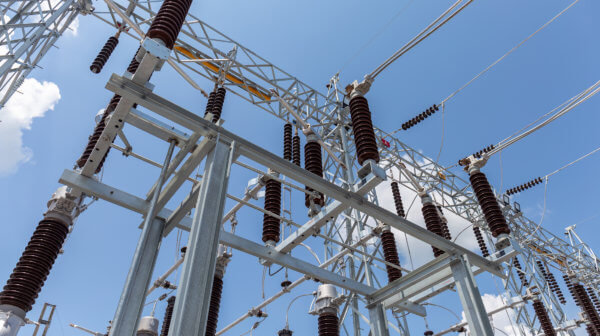IDNO vs DNO: What’s the difference?
When a new electricity supply is required for a development, the organisation who owns the cables in the area will need to be contacted to see if there is available capacity. This organisation is the Distribution Network Operator (DNO), who will also own or ‘adopt’ any new cables or infrastructure installed to give the development an electricity supply.
Many developers do not realise that the DNO isn’t their only option. Independent Distribution Network Operators (IDNOs) can own the new network too.
Here is a breakdown of everything you need to know about each.
What is a Distribution Network Operator (DNO)?
The electricity distribution network carries electricity between the transmission grid (operated by National Grid) and the businesses and householders who are the end users. There are 14 Distribution Network Operators across England, Scotland and Wales, and they are each responsible for a specific geographical area.
Ofgem, the energy regulator of Great Britain, licenses the DNOs to allow them to distribute electricity. They own, operate and maintain the electricity infrastructure, including primary and distribution substations, pylons and cables. They are also responsible for rectifying faults or power cuts.
If they are asked to install a new supply, they will ‘adopt’ any new cables or substations to their network.
What is an Independent Distribution Network Operator (IDNO)?
Independent Distribution Network Operators (IDNOs) are similar to DNOs in the fact that they also own, operate and maintain electricity infrastructure. The networks they adopt are the new, installed assets, such as connections to new developments, which will connect back onto the DNO’s network.
However, unlike DNOs, they do not have a specific geographical area. They are still regulated by Ofgem the same way as DNOs are, although with slightly amended license conditions.
How do DNOs and IDNOs generate income?
Both DNOs and IDNOs earn their revenue via the Distribution Use of System (DUoS) charges which are included in energy bills. Often, you may pay them to your energy supplier, and then your DNO or IDNO will invoice the energy supplier to receive the charge.
What is the difference between getting a new connection adopted by the DNO or IDNO?
No matter whether your new connection is adopted by an DNO or IDNO, they are both equally responsible for both the operation and maintenance of your installation.
If you go straight to the DNO to install your new connection, it can only be adopted by the DNO. Whereas, if you go to an Independent Connections Provider (ICP), like Rock Power Connections, for your new installation, it can be adopted by either a DNO or an IDNO.
The key difference between the two is that an IDNO will offer an ‘Asset Value’, which is an upfront sum of money that will be payable upon energisation of your supply. At Rock Power Connections, when providing an installation quotation, we will include this Asset Value which can make it a very competitive offer, especially when compared against a DNO’s proposal.
The amount of the Asset Value will depend on the amount of energy used, and whether it is metered at High Voltage (HV) or Low Voltage (LV).
With our experience and engineering knowledge, we manage various ICP projects of varying size and scale across the UK.
Read next
Building Network Operator (BNO) installations made easy
We like to make electrical connections simple. ‘Building Network Operator’ or BNO is a term often heard in relation to apartment or mixed-use developments. Cutting through the technical terminology and legal details can be…
Electrify your business fleet – the process of getting an electrical connection
Electric Vehicles [EVs] are thriving. Latest figures from Total affirm that over 150,000 EVs are now recorded in the UK, with numbers expected to reach 1 million in the next couple of years and…

Mitie bolsters high voltage electrical infrastructure capabilities with acquisition of Rock Power Connections Limited
Mitie has acquired Rock Power Connections Limited, an Independent Connection Provider, specialising in the design and installation of new high voltage electricity supplies, the renewal of electrical assets up to 132kV and electric vehicle…
 Skip to content
Skip to content
